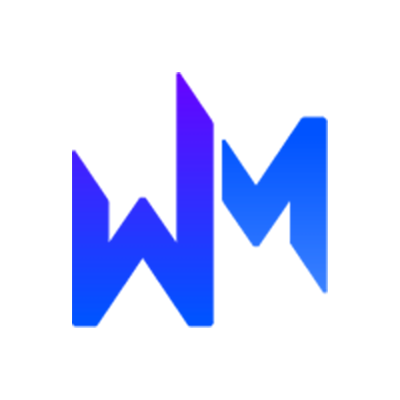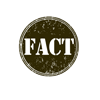5 Step Guide for Better Hashtag Marketing

The symbol formally known as pound has evolved into a social media superstar. Yes, that is right, we are talking about the hashtag (#).
Although Twitter is the social network credited for launching the hashtag as we know it today, nearly every social network has begun supporting its functionality. This provides brands with robust marketing opportunities, as they can use hashtags to increase visibility and boost participation for branded social campaigns. The challenge, however, is finding the right hashtags to leverage for a brand's social initiatives.
For help, check out Website Magazine's five step guide for better hashtag marketing:
1. Go Local
For local businesses beginning to dabble in the hashtag waters, one of the best ways to increase visibility for relevant audiences is by leveraging location-based hashtags.
Take Whole Foods as an example. The grocery retailer manages a variety of accounts to cater its content for local audiences, including its Whole Foods Chicago handle that publishes tweets for its five Chicago locations. To further target its Chicago audiences, however, the retailer uses neighborhood-specific hashtags when tweeting content for a particular store. In the example below, for instance, Whole Foods uses the "#LincolnPark" hashtag as a way to let its followers know its tweet is for a specific Whole Foods location, and to increase its visibility for people living in the Lincoln Park neighborhood that may be searching the hashtag on Twitter to find local events and news.
Help support @A4GL by playing arcade games at our #LincolnPark store. 25 well spent cents! pic.twitter.com/6DkOgubSsW
- Whole Foods Chicago (@WholeFoodsCHI) May 8, 2015
2. Join the Conversation
While using local hashtags can help brands target a narrower and more relevant audience, brands can also participate in common hashtags to increase their reach. Fortunately, social networks like Facebook and Twitter feature "trending" sections where brands can find popular hashtags and topics. By joining in the conversation, brands have the ability to increase their visibility across the social Web.
Take DiGiorno as an example. The pizza company regularly participates in trending hashtags on Twitter to increase its visibility. On May 4th, for instance, DiGiorno participated in the "#MayThe4thBeWithYou" hashtag with a silly, nonsensical tweet. Although the company didn't use this hashtag to promote a specific product or promotion, it still did a good job at generating brand awareness by simply participating in the conversation. In fact, DiGiorno's silly tweet resulted in 185 favorites and 179 retweets.
Brands looking for popular hashtags to leverage should also checkout Website Magazine's 30 Days of Social, which showcases 30 different hashtags being leveraged by brands on the Web.
👦: knock knock 🍕: who's there? 👦: yoda 🍕: yoda who? 👦: YODA BEST 🍕: d'awww #MayThe4thBeWithYou
- DiGiorno Pizza (@DiGiornoPizza) May 4, 2015
3. Create a Unique Campaign
Brands can also use hashtags to drive the virality of marketing campaigns. For example, some social marketing platforms, like Piqora and Votigo, enable users to create hashtag contests on social networks like Instagram and Twitter that enable consumers to enter by using specific, branded hashtag. Doing this increases the brand's visibility on the social Web because every time a fan enters the contest, their post (and the branded hashtag) is shared with all of their followers.
For instance, a Piqora case study for Dylan's Candy Bar shows that the retailer leveraged Piqora to launch an Instagram photo contest. Through the contest, Dylan's Candy Bar required participants to follow its band on Instagram, submit a photo of their "kissy face" and use the hashtag "#thesweetestkiss." This contest resulted in an increase in followers for Dylan's Candy Bars as well as more than two million impressions from just 75 photos, which shows the virality of user-generated content on Instagram.
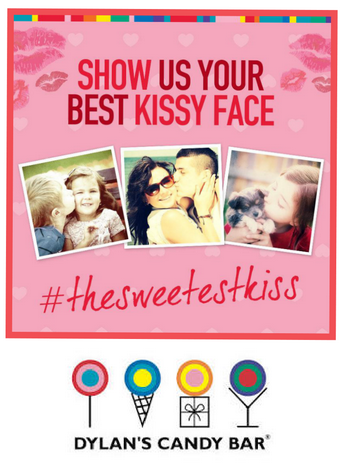
4. Use the Universal Language
Emojis have become the universal language, which is why Instagram recently announced support for emoji hashtags. While not yet available on other social networks, brands can leverage this feature on the image-based social network to increase visibility across the globe. That said, it is important to note that emoji hashtags could become very diluted on the social network, as they provide a universal way for people across the world to express themselves.
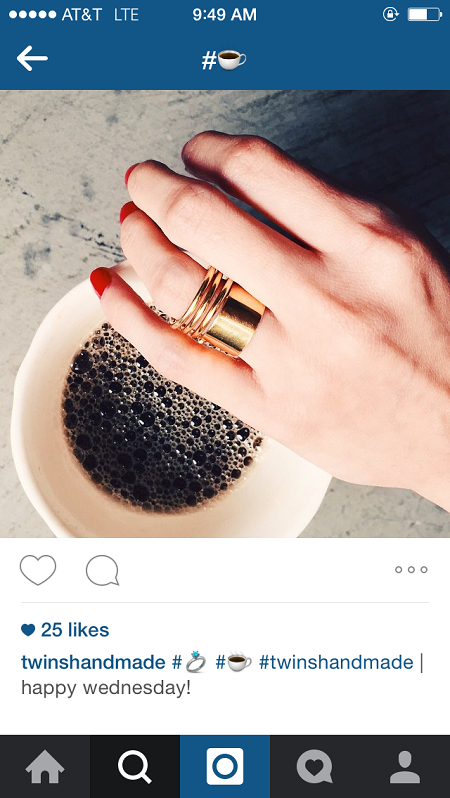
5. Monitor Results
To ensure hashtag efforts are paying off, the most important thing brands can do is to monitor their social media initiatives via analytic tools. In fact, some social marketing tools, like Sprout Social, enable brands to not only monitor their performance, but also trending topics and hashtags on social networks. This insight can help brands optimize their strategies and tailor their posts to be more relevant for their target audience.
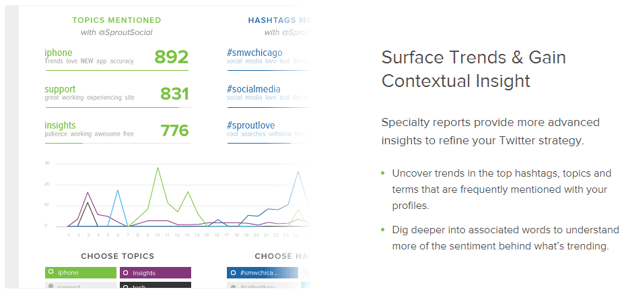

Subscribe to Our Newsletter!
Latest in Marketing







